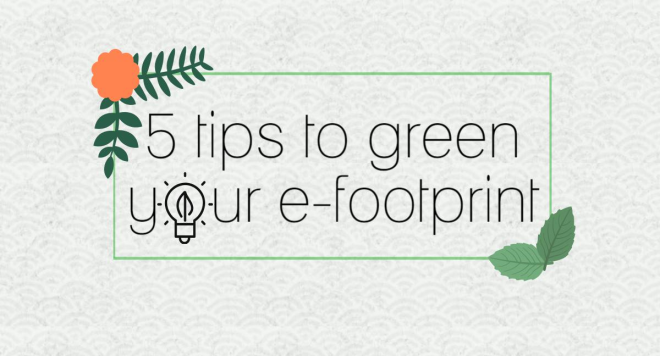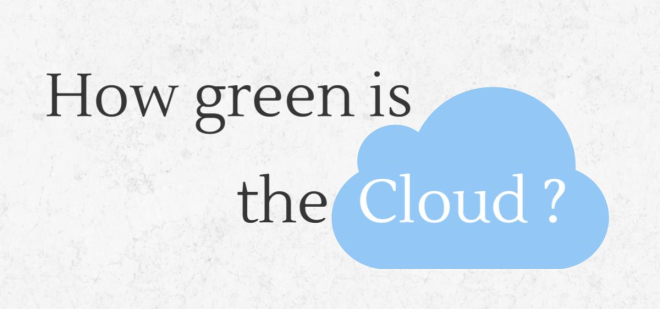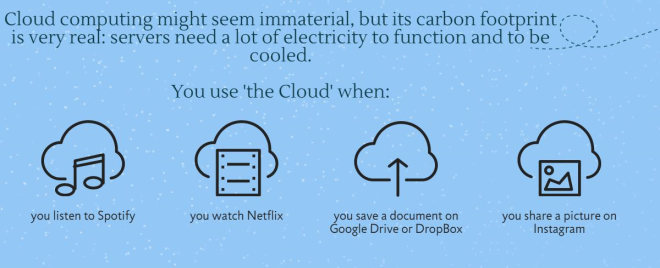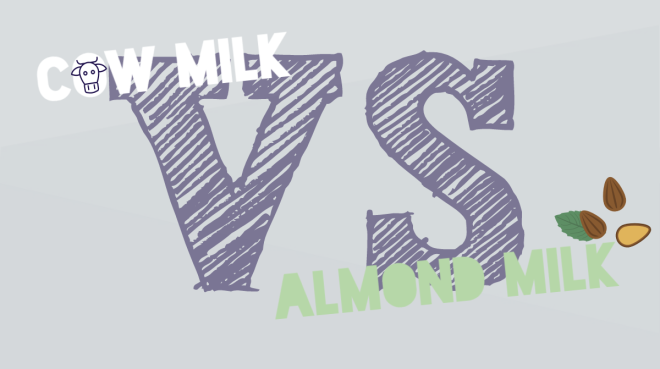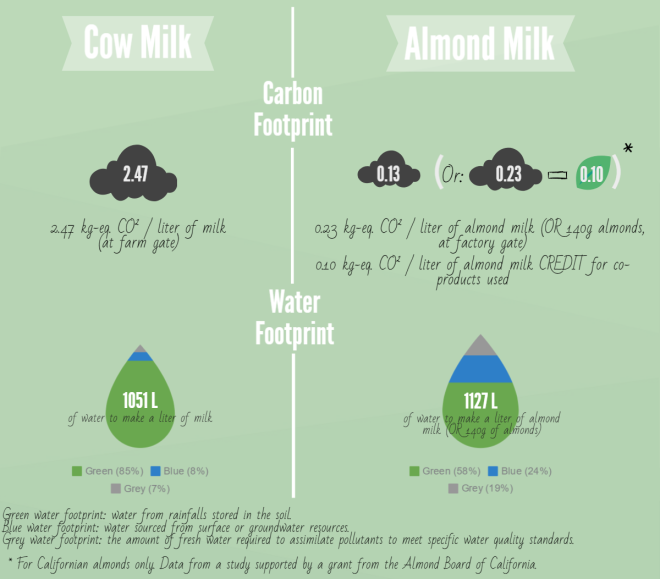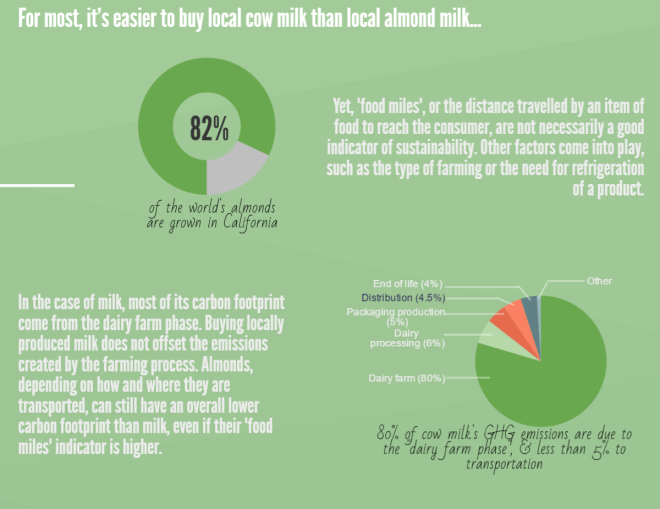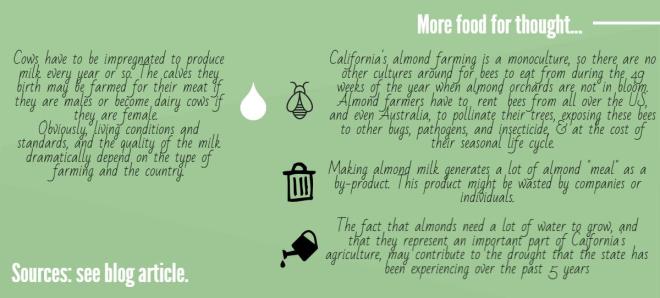I realized when I was writing this article that when it comes to energy, “renewable”, “green” and “clean” don’t necessarily mean the same thing. As a general rule, actually, “clean” is often pretty dirty.
Ask yourself what “clean” and “green” means in context.
Because it could mean a lot of things. It always upsets me when I see a company advertise the ‘greenness’ of their products, while, at the same time, individually wrapping each of them in plastic. I strongly believe that a company that truly cares about its environmental and social impact should have a systemic, comprehensive approach.
When it comes to energy, it’s important to pay attention to the wording. Natural gas and nuclear power are sometimes called ‘clean energy.’ In my opinion, clean means clean, i.e. an energy that does not emit waste, pollution or GHG when extracted, consumed, or after consumption.
Is renewable energy always clean?
As far as I know, there is no absolutely clean energy yet, at least on a commercial scale. For one, you need equipment to channel renewable energy such as wind and solar energy and to transform it into electricity, and this is not impact-free. It can also have terrible consequences for the environment and populations if done wrong. For instance, making phytosilicon, a necessary component of solar panels, creates hazardous waste that is not always disposed as it should, and can be very toxic for all living things. Deforesting land to grow palm oil to transform it into biomass is not clean, even though it might be renewable. Displacing large amount of populations and destroying ecosystems to build a dam to make hydroelectric power either. Renewable energy methods must be thought out in a sustainable way to be truly efficient and have as little negative consequences as possible.
Renewable energy are also pretty ineffective sources of energy when mismanaged. In this fascinating (and a bit terrifying) article, Gretchen Bakke shows how Venezuela’s electricity crisis is caused, in part, by a lack of electricity diversification, all for the sake of exporting oil to other countries.
Should we trust all kinds of “clean” energies?
If done right, renewable energy can get as close to clean as currently possible. This is not true of nuclear energy, often cited as “clean” because an operating nuclear power plan emits close to no GHG (however, all the activities surrounding it, such as building the plant, bringing uranium to it, and decomissioning it do). However, it produces radioactive waste and has a very high water footprint, because it needs a lot of cooling. On top of that, it’s a very hazardous source of energy.
Same goes with natural gas. You’ll find tons of claims that natural gas is clean, mostly coming from lobby or natural gas companies, yet that’s not true at all. It might be cleaner than oil and coal, but that does not make it clean, since it involves polluting extracting processes, methane leakages, and GHG emissions when consumed. Not to mention, like coal and oil, it is not a renewable source of energy.
Bottom line: the big picture matters more than mere words. I am especially careful when companies use words that I know have a bullshit factor, such as green, clean and carbon neutral, and I make sure to dig a little because I want to know that I am not being taken for a fool.



